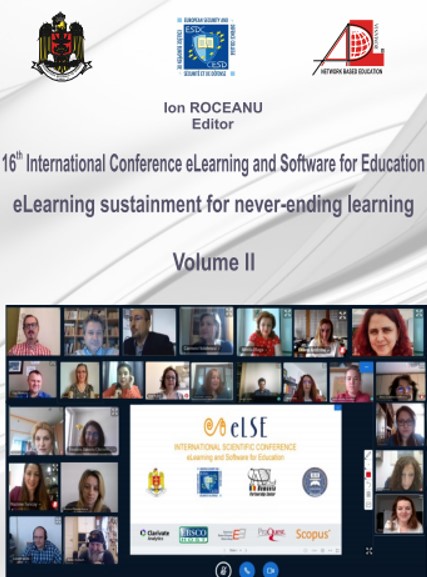HARDWARE SIMULATOR FOR TEACHING INTERNET OF THINGS
HARDWARE SIMULATOR FOR TEACHING INTERNET OF THINGS
Author(s): Ioana CULIC, Alexandru Radovici, Călin DumitruSubject(s): School education, Higher Education , ICT Information and Communications Technologies, Distance learning / e-learning, Pedagogy
Published by: Carol I National Defence University Publishing House
Keywords: IoT; Raspberry Pi; hardware simulator;
Summary/Abstract: Some of the significant technological advancements nowadays are related to the Internet of Things (IoT) field. While connected systems have been used for a long time, they were considered a niche area and were mostly used in the industry. Currently, connected devices and sensors have become extremely popular, and the IoT is now considered a subject that any technical person should be aware of. The result is that it has become a vital component of all computer science classes. Today, most high schools and universities have introduced IoT in their curricula. For many institutions, especially high schools, the costs of acquiring the hardware equipment necessary to teach Internet of Things courses are very high, and most of the time, students have to share the hardware kits available. What is more, students can interact with the hardware for a limited number of hours a week, during classes, leaving them with no possibility to practice the skills they acquire at home, except if they purchase the same hardware kits they use at classes. In this paper, we present an open-source software platform designed to simulate hardware devices, allowing teachers and students to build and run simple IoT applications without the need for actual hardware. The platform simulates a Raspberry Pi device, the most popular hardware platform used in education. While not designed to replace the hardware components completely, the simulator is built as a complementary solution to the development platforms, enabling students to quickly prototype simple applications, which can then be run on the actual hardware. The result is an open and free to use platform that allows simple IoT programs to be run outside an actual hardware platform, making the teaching process faster and less expensive.
Journal: Conference proceedings of »eLearning and Software for Education« (eLSE)
- Issue Year: 16/2020
- Issue No: 02
- Page Range: 101-106
- Page Count: 6
- Language: English

